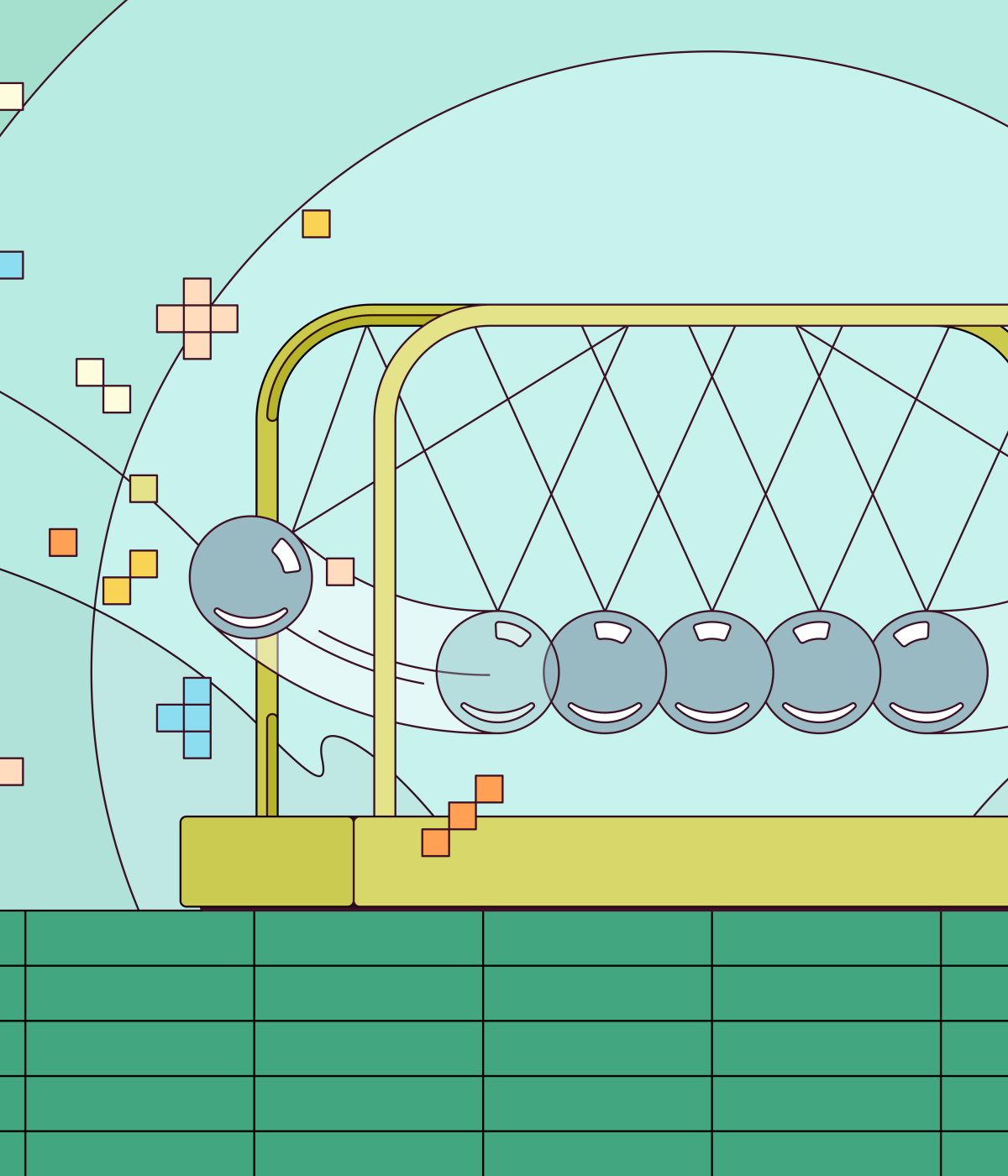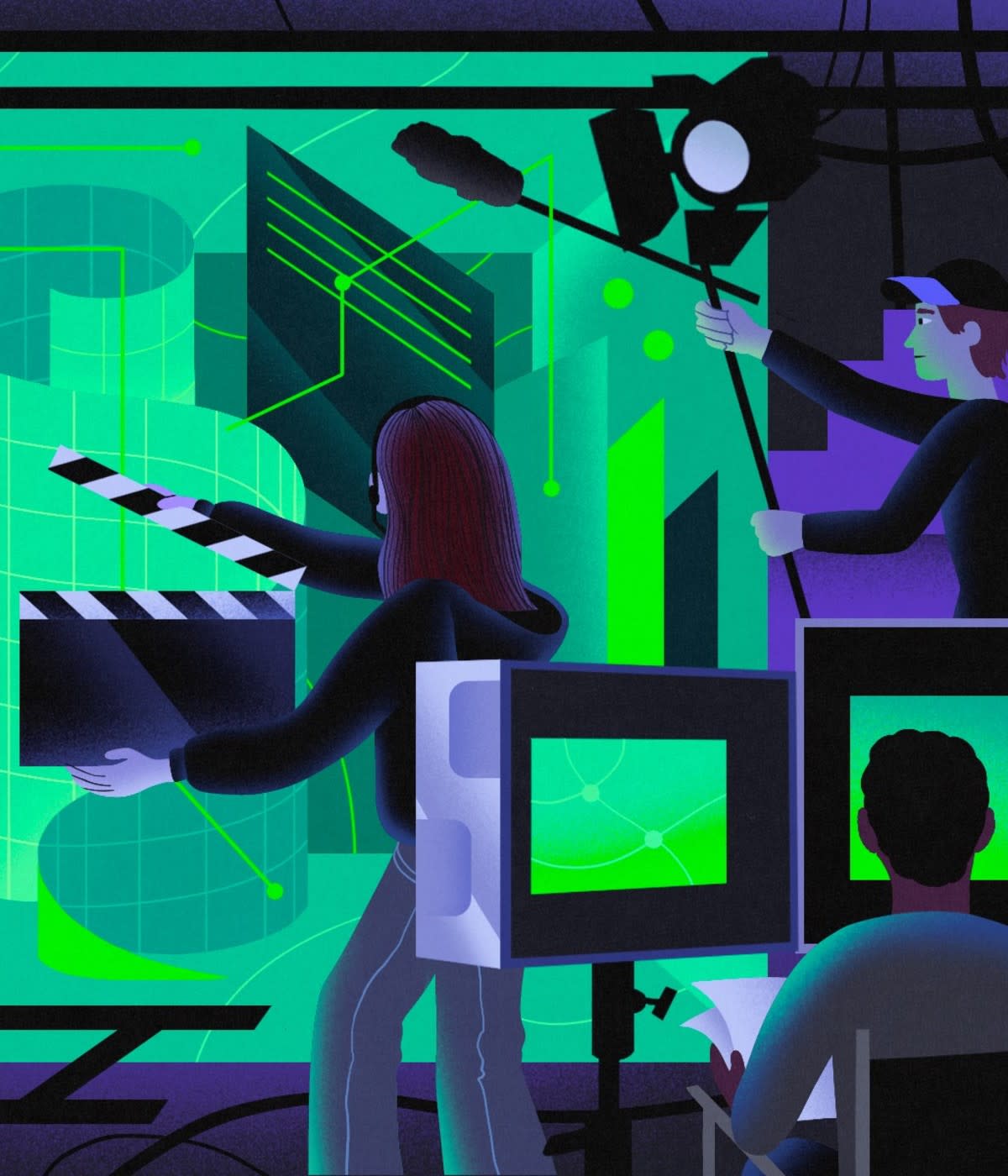“When I began with IBM in 1985, I came to realize that technology has the power to change and improve our quality of life, particularly those people who are marginalized by society,” says Dr. Chieko Asakawa, an IBM Fellow and chief executive director of the National Museum of Emerging Science and Innovation (Miraikan). “I realized we—meaning scientists, researchers, engineers, and the like—could make the impossible possible. I was excited by the possibilities.”
Since then, Dr. Asakawa has done just that, building technologies that enable people with visual impairments to interact with and participate in the world around them in ways that were previously difficult, if not impossible.
Some of her first projects at IBM involved digitizing Braille, the touch-based reading and writing system in which raised dots map to language, by creating a word processor and digital library for Braille. By the 1990s, with the emergence of the web, Dr. Asakawa realized another opportunity and built Home Page Reader, the first screen reader to give people with blindness access to the internet.
As technology has advanced, so have Dr. Asakawa’s aspirations, and recently she has worked to use technology to assist with much more complex accessibility barriers—the world at large.
Check out the video below—the latest in GitHub’s Coding Accessibility video series—to learn about Dr. Asakawa’s efforts at making the world a more accessible place for everyone, and how she’s encouraging the next generation to do the same.
Audio descriptive version also available.
Part of building these technologies, she explains, is the ability to collaborate with others. For example, the feedback she received from Home Page Reader users helped define the navigation interface, which used a number pad instead of a mouse, and distinguished links from normal text by reading them in a different voice. Open source is enabling more collaboration than ever. Open licenses allow people to build on each other’s code and unblock many of the intellectual property issues that could prevent collaboration across organizational boundaries. For example, her team has been working on an open source project called CaBot (Carry On Robot), an AI-enabled suitcase designed to help navigate airports and other spaces, that has attracted contributors from around the world. They collaborate on GitHub by using separate branches for each time zone.
CaBot is just one of several projects Dr. Asakawa has been working on in recent years. As part of the Carnegie Mellon Cognitive Assistance Lab (CAL), she has explored various ways that AI can be used to “understand the surrounding world to make sense of the information for people who are unable to see.” For example, the group has also created a smartphone app to help recognize personal possessions and another to assist with indoor navigation—both part of the Human-scale Localization Platform (HULOP) open source project.
A common theme amongst Dr. Asakawa’s projects is one of providing autonomy and independence with the assistance of technology. She offered this observation more concretely during her 2015 TED Talk.
“Today, I am more independent, but it is still not enough. For example, when I approached the stage just now, I needed assistance,” she explained. “My goal is to come up here independently. And not just here. My goal is to be able to travel and do things that are simple to you.”



